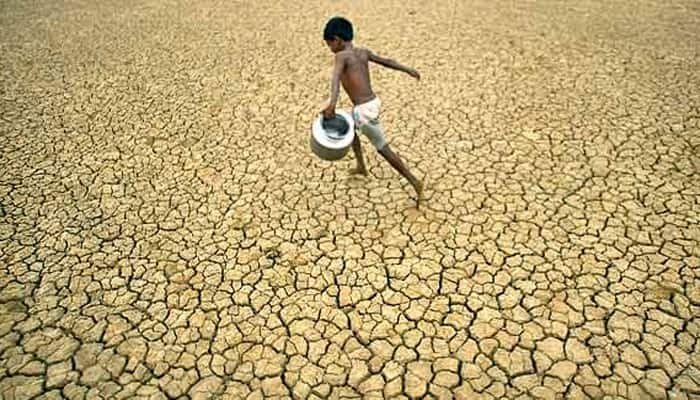Leonardo da Vinci truly claimed that 'water is the driving force of all nature'. It's needless to reiterate the above statement as we all know the significance of this precious resource! However, the supplies are running dry and throats remain thirsty as water shortages are hotfooting to give rise to the next great global crisis.
World heading towards acute water shortage:
An element which constitutes 70% of our planet is at risk and we, the humans, are to be blamed for that. You might think that the element which covers 70% of earth, might be in plenty, but unfortunately, only 3% of the world’s water is fresh water.
Freshwater - that we drink, bathe in, irrigate our farm fields with - is incredibly rare.
A report by United Nations World Water Assessment Program indicates that at current usage rates, the world will have 40% less fresh water than it needs in 15 years.
Increased urbanisation and uncontrolled population growth are the major factors contributing to water shortage and crisis. Scientific, technological and medical developments have led to a surge in world population. The global population is expected to grow to 9.1 billion people by 2050, up from the current 7.2 billion and with that, water demand will grow at a drastic rate.
The growing population leads to over-exploitation of this essential resource-water, which has led to an unbalanced ecosystem. It has been recently established that we utilize 50% more than what our planet is able to provide, and that by 2030, even two planets will not be enough to provide us with the required resources.
Agriculture uses 70% of the world’s accessible freshwater, but most of it gets wasted due to leaky irrigation systems and inefficient application methods. This wasteful use of water is drying out rivers, lakes and underground aquifers.
Meanwhile, climate change is altering patterns of weather and water around the world, causing shortages and droughts in some areas and floods in others.
This acute crisis has led to disappearance of wetlands and destruction of ecosystems leading to ecological catastrophes.
Here are a few facts and figures about water crisis:
- As announced by the World Economic Forum, January 2015, water crisis is the number one global risk based on impact to society (as a measure of devastation), and the number eight global risk based on likelihood (of occurring within 10 years).
- 750 million people around the world lack access to safe water; approximately one in nine people.
- More than twice the population of the United States lives without access to safe water.
- There are 658 million people living without access to water in Africa.
- Diarrhoea, caused by inadequate drinking water, sanitation, and hand hygiene kills almost 842,000 people every year globally, or approximately 2,300 people per day.
- 82% of those who lack access to improved water live in rural areas, while just 18% live in urban areas.
- Nearly 1 out of every 5 deaths under the age of 5 worldwide is due to a water-related disease.
Our role in conserving water
Only we are responsible for our planet and its quality, and it's upto us to generate maximum efforts to leave a viable planet for the generations to come. The test that we face now is how to effectively conserve, manage, and distribute the water we have. Even small adjustments can have a big impact, when it comes to conserving water. The important thing is to change people's attitudes and habits towards the impending issue and to remember that every drop counts!







